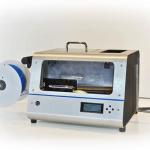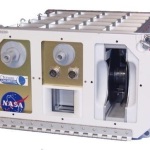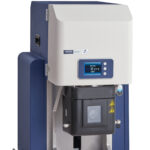The last few times we’ve done slideshows on materials for 3D printing, at least a couple of the materials were recycled plastics. Since then, we’ve seen some new recycled materials, new recycling machines, and other news about recycling 3D-printed materials.
So we’ve put them all together in one place.
One of the plastics recyclers is designed to work on the International Space Station to turn plastic waste into filament for NASA’s zero-gravity 3D printers, currently in development. In other unusual news about recycling plastics for 3D printing, a Michigan Technological University team has invented a system for classifying plastics and a comprehensive recycling coding system that reflects the performance differences of different resins. The codes can be embedded in 3D-printed items so they can be more easily and usefully recycled for future use.
To help reduce the amount of plastic waste, Dutch startup Refil has introduced its recycled Refilament for 3D printing. The Dashboard Black version, shown here, is made entirely from old car dashboards, door panels, and other ABS parts. A PET Translucent version is made from 90% recycled PET plastic bottles. The high-quality waste stream used for feedstock is compliant with both REACH and ROHS. The product won Best Development in Materials for 3D Printing at the recent 3D Printing Europe trade show.
The 1.75 mm or 2.85 mm diameter filament comes on cardboard spools.
















